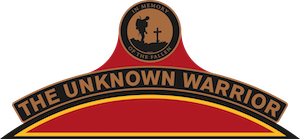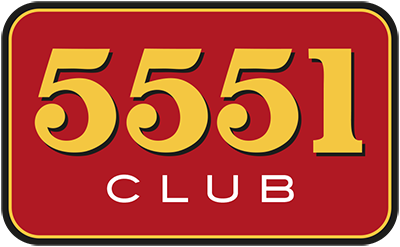 |
||
Historical overview
The 3-cylinder LMS Patriot class was introduced from 1930 onwards towards the end of Sir Henry Fowler's reign as CME of the LMS, a position he held from 1925 until 1932 when William Stanier was appointed in his stead.
Forty were built at the LMS Crewe locomotive works , the remainder at Derby locomotive works betwen 1930 and 1934
The first two of the class were built using components from two London and North Western Railway Claughton Class locomotives of the LNWR Claughton their predecessors.
The Patriots as they were known after 1937 were a small boilered version of the Royal Scot class, utilising a very similar chassis combined with the Derby designed G9 ½”S boiler utilised on the rebuilt Claughtons.
Technically the class had three 18” x 26” cylinders (identical to the Scots), 6’9” driving wheels mated to a boiler pressed to 200lbs. Originally intended to number 57 units the last five were built with tapered boilers and became the first of the Jubilees.
The class, often referred to as 'Baby Scots', were an immediate success (unlike the Jubilees), displaying consistently good performance, marred only by the tendency of the wrapper smokebox to draw air after high mileages. With the exception of 45508 (with a stovepipe chimney) Eighteen of the class were rebuilt with a tapered higher pressure boiler and one was fitted with a stovepipe chimmney, but the rest remained unchanged.
All the Patriots were painted out in LMS crimson lake livery with pale yellow and black lining when first built and carried 'LMS' lettering on the tenders. From 1946 most were painted out in LMS lined black with straw and maroon lining. Some Patriots kept this style of livery in very early BR days with the name British Railways written in full on the tender. All of the class were later painted out in British Railways standard express passenger green with orange and black lining with the BR 'lion and wheel' logo or later BR crest on the tender.
The first of the class was named Patriot in 1937 as a successor to the original London and North Western Railway Claughton Class Remembrance locomotive of that name. Thirteen other locomotives of the class bore names with regimental and other military connections, including two holders of the Victoria Cross from the Great War who returned to railway employment.
The class saw widespread operation over principal routes of all divisions of the LMS and then British Railways London Midland Region , hauling mainly passenger services in their earlier years but turning also to express goods and parcels work later in life. Patriots were allocated to no less than 39 LMS LMR locomotive sheds over their career, but also worked to the eastern side of England and to Scotland
The class was withdrawn over a two year period between 1960 and 1962 having all covered around 1.3 million miles each, unfortunately too early to be considered for preservation. The last two withdrawn (45543 and 45550) were in good condition on withdrawal.





